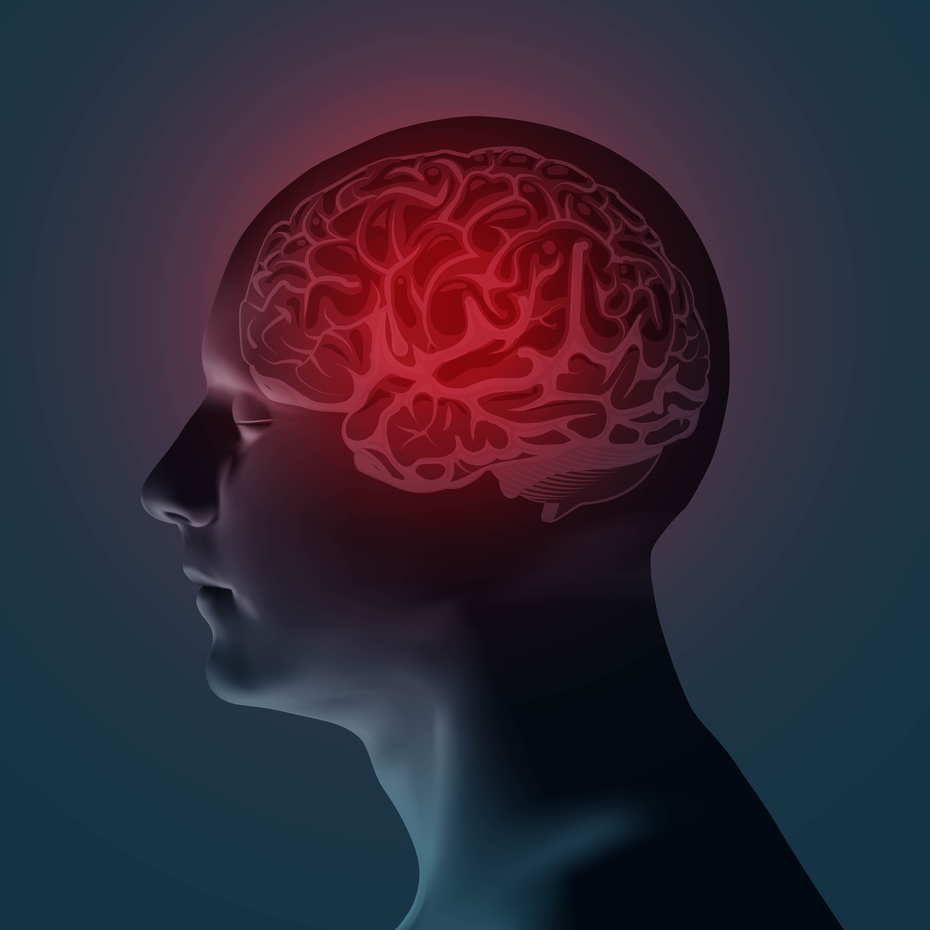Article
Coping Methods Measured for Patients with Tardive Dyskinesia
Author(s):
One-fifth of patients with TD recently surveyed reported they had no clinical support.

Allen Doederlein
Physicians who provide care for tardive dyskinesia (TD) patients may need to provide more education surrounding medication side effects and have more effective discussions with patients, according to new findings.
Researchers from the Depression and Bipolar Support Alliance (DBSA) conducted a pair of surveys examining the quality of life for patients with TD. The 2 surveys involved in the campaign were conducted as part of DBSA’s 2016-18 tardive dyskinesia awareness campaign. The research has been presented at the December 2017 Institute for Clinical and Economic Review (ICER) December 2017 meeting on TD as well as the 2018 American Psychiatric Association (APA) meeting in May.
In the first survey, from 2016, a majority of the 1695 mood disorder patients surveyed reported at least 1 of the following conditions, and said that they were significantly impacting their quality of life: bipolar disorder, depression, anxiety, substance use disorder, or schizophrenia.
Among the 49 patients with TD who completed the survey, 90% experienced bipolar disorder — a much higher rate than the mood disorder cohort. The DBSA thought that the usual course of treatment for bipolar disorder (antipsychotics) could contribute to this difference. About half of the study participants reported experiencing akathisia as a side effect from their psychiatric medications. Some of the other most frequently reported side effects included nightmares, constipation and blurred vision.
Akathisia was the top ranked distressing side effect of their medication among the patients. In the TD group, all of the side effects were rated on a 5-point scale, with greater scores defining “distressing.” They included rocking, jerking, flexing, thrusting of trunk or hips (4.67/5), uncontrollable movements of tongue, jaw or lips (4.23/5), and writhing, twisting, dancing movement of fingers or toes (3.75/5).
The survey also asked patients to describe the strategies they employed for coping with these side effects. Changing the medication or adding another medication was most helpful for patients who experienced akathisia, nightmares, and constipation. The patients found relief when they added medications (76%) and sometimes when they changed their medication dose (36%). Their other strategies included discontinuing the antipsychotic or changing the brand of medication.
A majority of the patients said they discuss their side effects with their psychiatrist, while some shared with a family member, a talk therapist, or their primary care physician. Among patients with TD, concerns about side effects were most commonly shared with psychiatrists, family members, psychologists/counselors, and friends.
A minority also reported the use of in person or online support groups, discussion boards, or forums. A fifth of patients reported no support, which the DBSA said may indicate a greater need for education about side effects and how to discuss them.
The researchers learned that 75% of the patients were diagnosed by a psychiatrist, while 9% were diagnosed by a neurologist. About 60% of patients said they were the first ones to notice their symptoms, but some said their symptoms led them to seek out professional help.
The 2017 survey about experiences with TD showed that it had an impact on the patients’ social and leisure time, time spent with family, and work.
The study also shed light on the fact that 15% of the patients had not tried anything yet to improve their TD symptoms; however, the researchers were unclear on if that was due to patient refusal, lack of options from clinicians, or both.
The findings could change the way that physicians treat their patients in 3 different ways, Allen Doederlein, executive director of External Affairs at the DBSA told MD Magazine.
“One: Providing greater understanding of less common medication side effects, including TD,” Doederlein said. “Two: Encouraging physicians to offer strategies individuals may wish to try to alleviate side effects, including TD. And 3: Helping them have more effective discussions about side effects with their patients.”





